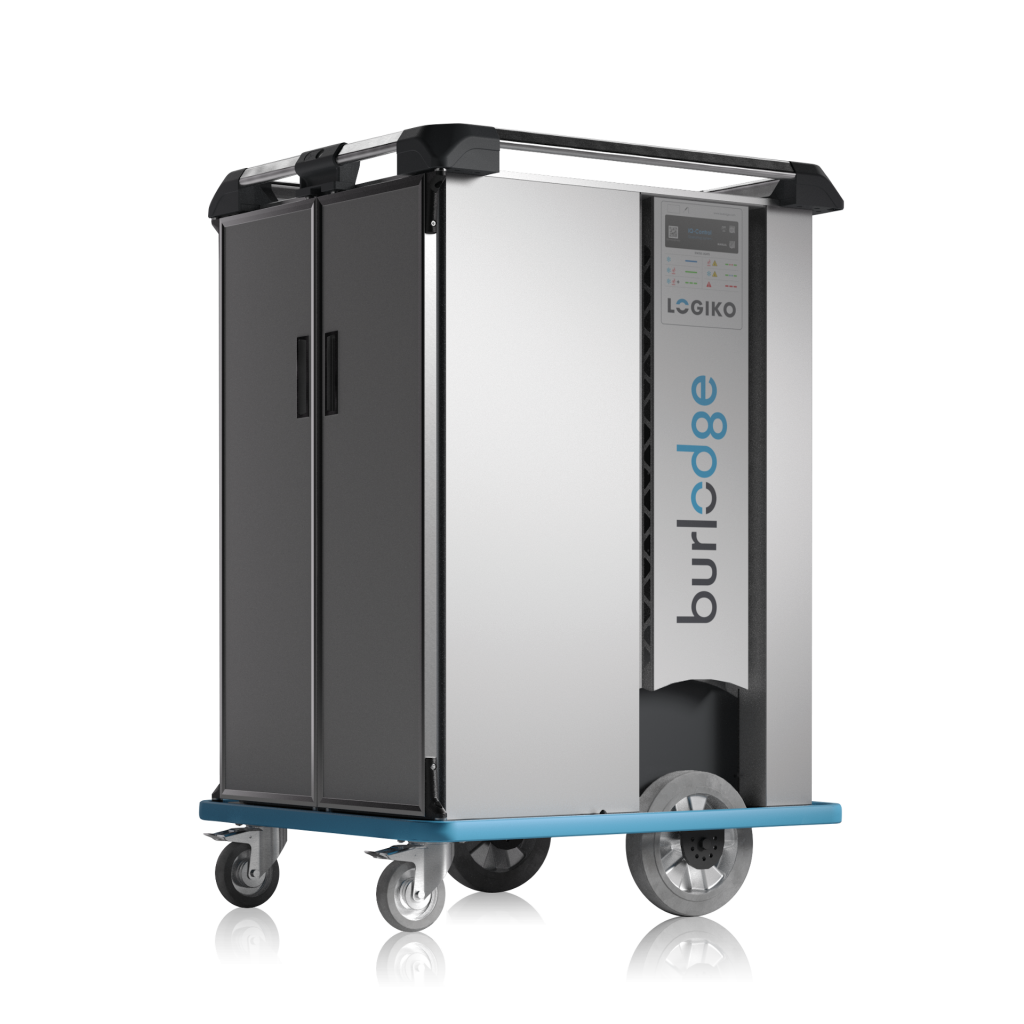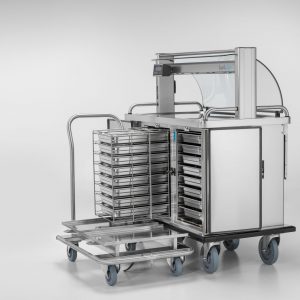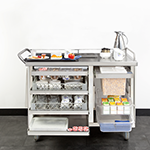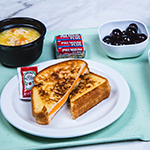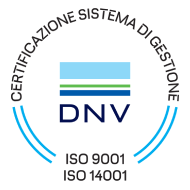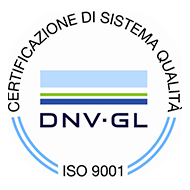“It’s only nutrition if it’s eaten.”
That’s a common expression for Burlodge and one that food service operators everywhere can appreciate. The question of what sort of nutrition is served is the point of contention in many discussions these days and institutionalized food makes for an easy target. In some cases, the criticism is deserved, as it seems those operations that take the lowest common denominator approach to everything earn the most public attention and derision.
Lean on cheap ingredients and meals are naturally going to be criticized. If they’re poorly prepared or presented in an unappetizing fashion, same result. Food options may meet established nutritional requirements, but again, if it’s not consumed, then the point is lost. The Problem of Food Fanaticism
One of the overriding problems around nutrition these days is that we are bombarded with food culture. Everything is meant to have visual ‘wow’ appeal. We see food being prepared on television as if every morsel needs to be given the gourmet treatment.
Publications dedicated to food and lifestyle make it seem seven course meals are a snap to produce. Instagram plate shots of restaurant food fill social feeds and, naturally, there is an expectation that all food should follow suit. And that’s where matters diverge paths.
Food service within healthcare facilities are under the gun like never before. Dissenting voices are all too willing to take these operations to task for not meeting what some believe is the opportunity to completely overhaul the way foods are sourced, prepared and presented. Granted, improvements can always be made and at Burlodge we certainly see operations fully aware that some changes are more pressing than others.
In our experience, efforts to source local, expand food options and improve quality continue to grow. Canvassing a few of our food directors recently, it’s also clear that many of the critics and detractors really have very little sense of either the real needs of the people being served. They don’t fully appreciate budget limitations nor the preparation and delivery times available to serve and satisfy patients with three meals as well as snacks and supplements every day.
So, how do we better communicate what the priorities are? Understand the Patient
First, there’s the issue of recognizing the audience being served. It’s hard to fault those who insist on serving impeccably fresh vegetables, cooked al dente and certain to deliver maximum nutritional value. Here’s the thing, as one food director reminds us. Who are we serving? Typically elderly patients. Infirm people. Those who have a high level of acuity.
“The first meal you have when you’re sick is not about having nice, fresh vegetables,” comments a long time food director. “Is that what you want when you’re not feeling well? It’s not my go to! People in acute care are looking for comfort food. It’s about having a nice bowl of soup.“ She goes onto explain that the older populations are from the era of boiled and sauced. Their dental work alone may have some real challenges with crisp vegetables.
We have to remind ourselves that these menus are not intended to feed us. They’re feeding a specific audience that likely has a light appetite and want something familiar. Granted, maternity patients are given a selection of fresh nutrition, but as is made clear, “Quinoa or other grain salads are not popular with veterans. They want a casserole lunch or a soup and a sandwich.”
Determining Menus
She raises an interesting point about how decisions are made around menus and what the connection is between the decisions and the audiences that are being served.
“Everything you hear is about the market research is based on healthy adults. There is no research on trends for acutely ill or oncology patients.”
It can also be challenging for food operators to meet the requirements established by dieticians and nutritionists who insist on providing food that is low in sodium, fat and sugar, but also must taste good.
She goes on to comment that there’s an underlying notion that during stays in hospital that people are going to change their diets when, again, the desire is for the familiar and comforting.
“Many people come in for a procedure and are gone three days later. It’s not a time to introduce a new eating regimen.” Again, lofty expectations have to fall in line with realistic expectations in a number of ways.
Experiment and Explore
Fresh food advocates obviously have good intentions, but they are not necessarily introducing new ideas. At Burlodge we’re big proponents of fresh ingredients prepared in an appetizing way, but for many operations it takes creativity and a willingness to explore new recipes to consistently deliver quality.
We’re seeing more clients source locally when possible, but seasonality limits options. One director in a long term care facility mentions how they like to conduct sample sessions with the residents as it not only helps them determine if menu options will succeed but it also gets people interested in trying foods that they may not have considered previously.
I could go on but, in short, it’s a complicated matter. Change takes time and it appears as though most facilities are trying to introduce fresh ideas while still endeavouring to meet the needs of those who may not be as vocal or strident about what they believe is the ‘right’ solution. As long as food directors are committed to trying to understand and adapt menus, it appears the long road to making improvements food and, we hope, changing perceptions about institutional food will continue to be a main course of discussion.

